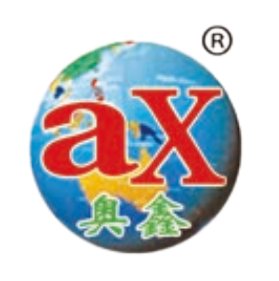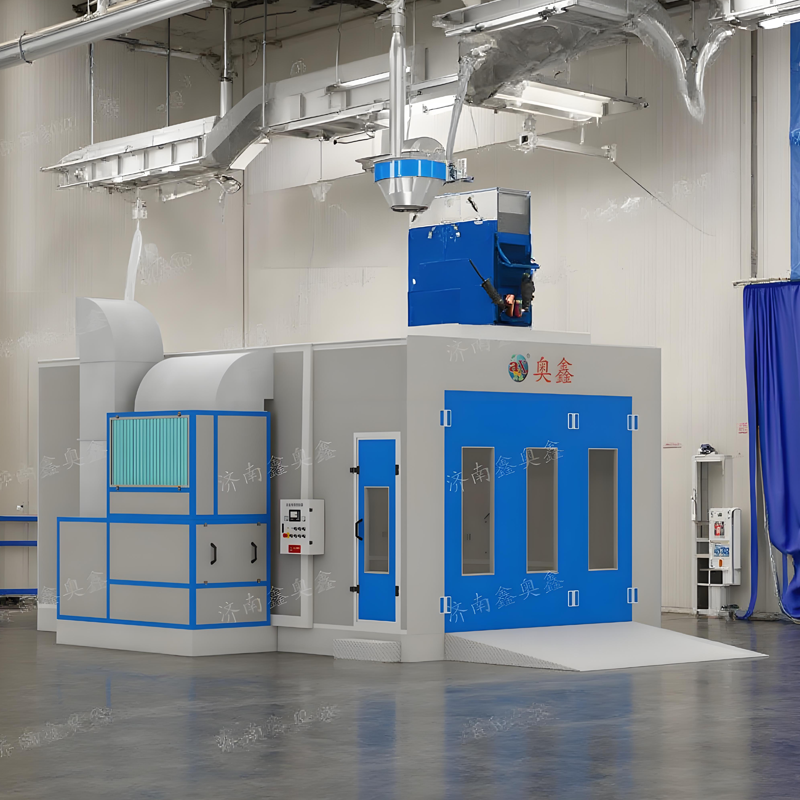Advanced Paint Booth Technology for Superior Environmental Protection
Paint booths represent the cornerstone of modern finishing operations, offering sophisticated solutions for controlling overspray and protecting the environment. These specialized enclosures have evolved from simple ventilated rooms to highly engineered systems that capture and contain harmful particles, ensuring both worker safety and environmental compliance. Understanding how a paint booth functions to minimize these challenges is crucial for any finishing operation seeking to maintain high standards while reducing their environmental footprint.
Core Components of Modern Paint Booth Systems
Filtration Systems and Air Flow Management
At the heart of every effective paint booth lies its filtration system. Multiple stages of filters work in concert to trap particles of various sizes. The first stage typically consists of intake filters that prevent dust and debris from entering the spray area. The second stage incorporates paint arrestor filters, specifically designed to capture overspray particles. Many advanced paint booth systems also include HEPA filters as a final stage, capable of trapping microscopic particles with up to 99.97% efficiency.
The airflow management system in a paint booth creates a controlled environment that directs overspray away from the painter and toward the filtration system. This is achieved through carefully calculated air velocities and precisely positioned air intake and exhaust points. Modern paint booth designs often incorporate computerized airflow monitoring systems that maintain optimal air movement patterns, ensuring consistent performance even as filters begin to load with captured particles.
Spray Technology and Application Control
Advanced spray equipment within the paint booth plays a crucial role in minimizing overspray. High-volume low-pressure (HVLP) spray guns have become standard in many operations, offering transfer efficiency rates of 65% or higher. This means more paint reaches the intended surface and less becomes airborne overspray. Electrostatic spray systems take this efficiency even further, using electrical charges to ensure paint particles are attracted to the target surface.
Modern paint booths often integrate sophisticated application control systems that help operators maintain optimal spray patterns and application rates. These systems may include digital pressure regulators, temperature controllers, and humidity management equipment to ensure consistent application conditions that minimize waste and overspray.
Environmental Protection Measures
Waste Management and Recovery Systems
Paint booths employ various methods to handle captured overspray and other waste materials responsibly. Water wash systems use a curtain of water to capture overspray, while chemical treatment systems help separate paint solids from the water for proper disposal. Dry filter systems collect overspray in replaceable filter media that can be disposed of according to environmental regulations.
Advanced paint booth designs may incorporate solvent recovery systems that capture and recycle volatile organic compounds (VOCs), reducing both environmental impact and material costs. These systems can recover up to 90% of solvents that would otherwise be released into the atmosphere, making them an environmentally sound investment for high-volume operations.
Emission Control and Air Quality Management
Modern paint booths feature sophisticated emission control systems that help facilities meet or exceed air quality regulations. Carbon absorption systems effectively capture VOCs, while thermal oxidizers can destroy harmful compounds before they reach the atmosphere. These systems not only protect the environment but also help facilities maintain compliance with increasingly stringent environmental regulations.
Air quality monitoring systems within and around the paint booth provide real-time data on particulate levels and VOC concentrations. This information allows operators to adjust booth parameters proactively, ensuring optimal performance while maintaining environmental protection standards.

Operational Best Practices for Environmental Protection
Maintenance and Filter Management
Regular maintenance of paint booth systems is essential for maintaining their environmental protection capabilities. This includes scheduled filter replacements, cleaning of spray equipment, and inspection of air handling components. Proper documentation of maintenance activities helps ensure compliance with environmental regulations and maintains the booth's efficiency in controlling overspray.
Advanced monitoring systems can track filter loading and alert operators when replacement is needed, preventing the degradation of environmental protection measures. Some paint booth systems now incorporate smart sensors that provide predictive maintenance recommendations, helping facilities optimize their maintenance schedules while ensuring consistent environmental protection.
Operator Training and Compliance
Proper training of paint booth operators is crucial for minimizing overspray and maintaining environmental protection measures. This includes instruction in proper spray techniques, understanding of booth control systems, and knowledge of environmental regulations. Regular refresher training helps ensure operators maintain best practices and stay current with new technologies and requirements.
Documentation and record-keeping systems help track operator certification, maintenance activities, and environmental compliance metrics. Many modern paint booth systems include integrated documentation features that automatically log key operational parameters and maintenance activities.
Frequently Asked Questions
How often should paint booth filters be replaced?
Filter replacement frequency depends on usage levels and types of coatings applied. Generally, intake filters should be checked monthly and replaced as needed, while exhaust filters typically require replacement every 3-6 months under normal operation. However, monitoring systems and pressure differential gauges can provide more precise replacement timing based on actual filter loading.
What are the most effective methods for reducing VOC emissions in a paint booth?
The most effective methods include using low-VOC or water-based coatings, installing proper ventilation and filtration systems, implementing solvent recovery systems, and maintaining optimal spray efficiency through proper equipment maintenance and operator training. Advanced oxidation systems can also help break down VOCs before they are released into the environment.
How can facilities ensure their paint booth meets environmental regulations?
Facilities should conduct regular compliance audits, maintain detailed records of operations and maintenance, invest in proper monitoring equipment, and stay current with changing regulations. Working with qualified environmental consultants and equipment manufacturers can help ensure systems meet or exceed requirements. Regular operator training and certification programs also play a crucial role in maintaining compliance.

